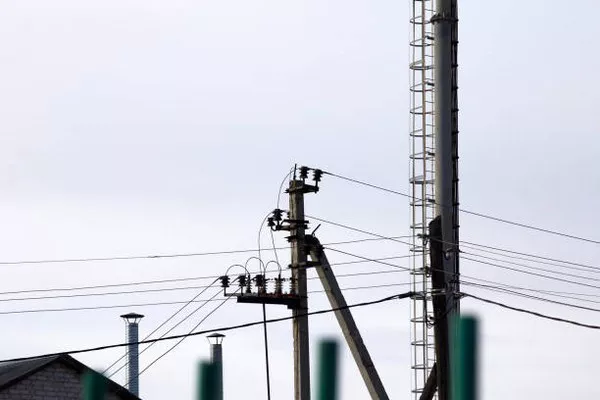In the realm of home automation and security, doorbell systems have become indispensable components, providing homeowners with a seamless way to monitor and control access to their abode. Behind the scenes, a crucial player in this orchestration is the doorbell transformer. This unassuming device serves as the power source for your doorbell, ensuring its functionality. In this article, we delve into the intricacies of doorbell transformers, shedding light on the optimal locations for these inconspicuous yet indispensable gadgets.
Understanding the Doorbell Transformer:
Before embarking on the quest to discover the ideal location for your doorbell transformer, it’s imperative to comprehend its function. A doorbell transformer is essentially a small electrical device responsible for converting high-voltage power from your home’s electrical system to low-voltage power suitable for your doorbell. This transformation is vital to ensure the safety of both the doorbell system and the individuals interacting with it.
Ideal Locations for Doorbell Transformers:
Near the Electrical Panel:
One of the most common and recommended locations for a doorbell transformer is in close proximity to the electrical panel or circuit breaker box in your home. Placing the transformer here provides easy access to the electrical power supply, facilitating a direct connection. Additionally, it minimizes the length of wiring required, reducing the risk of signal interference and voltage drop.
Inside the Mechanical Room:
For homeowners with a dedicated mechanical room or utility room, installing the doorbell transformer within this space is a practical choice. Mechanical rooms often house various electrical components, making them a centralized location for power distribution. The transformer can be mounted on a wall or secured to the electrical panel, ensuring a neat and organized setup.
Near the Front Door:
While the doorbell transformer is typically installed in concealed locations, there are instances where placing it near the front door makes sense. This is especially true for homes with a decentralized electrical system or when retrofitting an existing doorbell setup. Mounting the transformer near the front door ensures a shorter wiring run, simplifying installation and minimizing potential signal loss.
Attic or Crawlspace:
In homes with ample attic or crawlspace, these areas present viable locations for the doorbell transformer. By placing the transformer in the attic or crawlspace, you keep it out of sight while still maintaining a relatively short distance to the doorbell. However, it’s crucial to consider insulation and environmental conditions to prevent overheating or exposure to extreme temperatures.
Junction Box Integration:
In some scenarios, integrating the doorbell transformer into an existing junction box can be a seamless solution. This approach is especially advantageous when renovating or upgrading electrical systems. By combining the transformer with a junction box, you can consolidate wiring and create a neat and efficient installation.
Considerations for Optimal Performance:
Voltage Drop and Wiring Length:
One critical consideration when determining the location of your doorbell transformer is the potential for voltage drop over extended wiring runs. Longer wire lengths can lead to decreased voltage at the doorbell, affecting its performance. Therefore, it is advisable to keep wiring as short as possible and choose a location that minimizes the distance between the transformer and the doorbell.
Environmental Factors:
The environment in which the doorbell transformer is placed plays a significant role in its longevity and performance. Avoid locations that are prone to extreme temperatures, excessive moisture, or dust accumulation. Adequate ventilation is essential to prevent overheating, ensuring the transformer operates optimally.
Accessibility for Maintenance:
While the doorbell transformer is a low-maintenance component, it is prudent to consider accessibility for any potential servicing or replacement. Select a location that allows for easy inspection and, if needed, replacement without causing disruption to other electrical components in your home.
See also How Is Transformer Oil Made
Conclusion:
In the symphony of modern home automation, the doorbell transformer is a humble yet crucial instrument, powering the melodious chime that welcomes guests and safeguards your residence. By strategically placing the transformer in an optimal location, you can enhance its efficiency, minimize wiring complexities, and ensure a reliable and durable doorbell system. Whether nestled near the electrical panel, discreetly hidden in the attic, or seamlessly integrated into a junction box, the right location for your doorbell transformer is a harmonious blend of practicality and performance.

